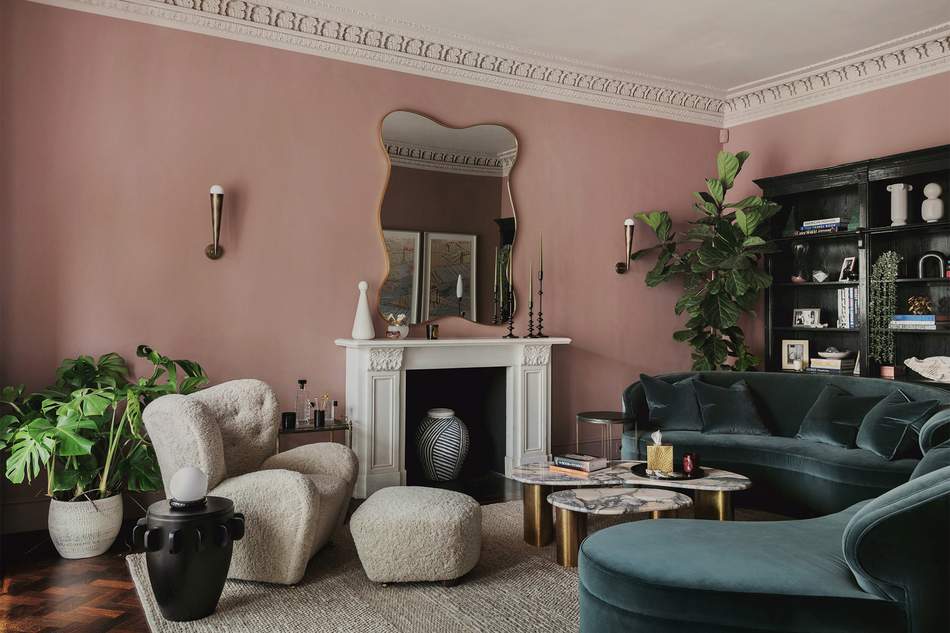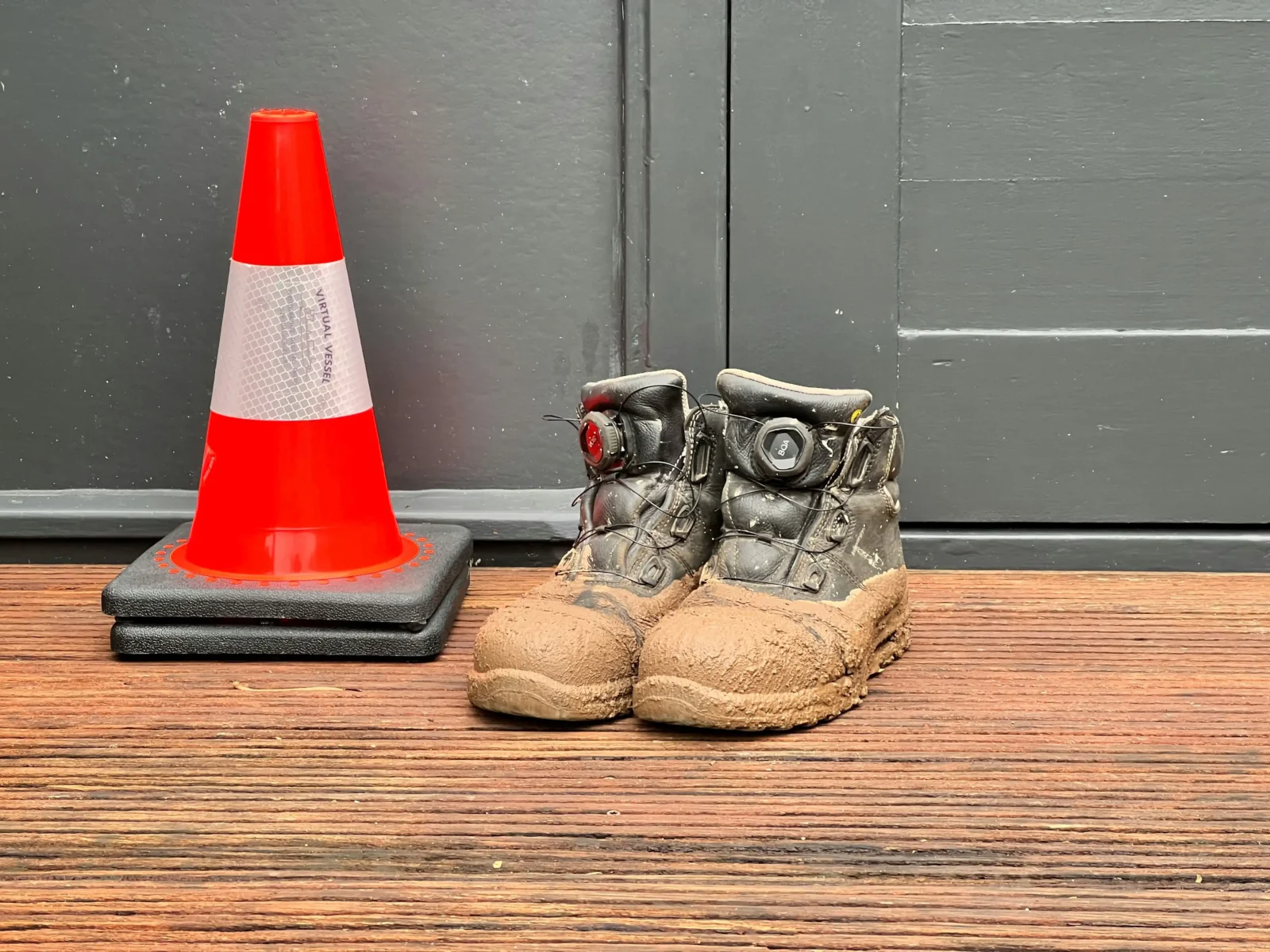- Home
- Articles
- Architectural Portfolio
- Architectral Presentation
- Inspirational Stories
- Architecture News
- Visualization
- BIM Industry
- Facade Design
- Parametric Design
- Career
- Landscape Architecture
- Construction
- Artificial Intelligence
- Sketching
- Design Softwares
- Diagrams
- Writing
- Architectural Tips
- Sustainability
- Courses
- Concept
- Technology
- History & Heritage
- Future of Architecture
- Guides & How-To
- Art & Culture
- Projects
- Interior Design
- Competitions
- Jobs
- Store
- Tools
- More
- Home
- Articles
- Architectural Portfolio
- Architectral Presentation
- Inspirational Stories
- Architecture News
- Visualization
- BIM Industry
- Facade Design
- Parametric Design
- Career
- Landscape Architecture
- Construction
- Artificial Intelligence
- Sketching
- Design Softwares
- Diagrams
- Writing
- Architectural Tips
- Sustainability
- Courses
- Concept
- Technology
- History & Heritage
- Future of Architecture
- Guides & How-To
- Art & Culture
- Projects
- Interior Design
- Competitions
- Jobs
- Store
- Tools
- More

In the world of interior design, mood boards are powerful tools that allow designers to visually convey their design concepts, capture desired moods and aesthetics, and effectively communicate their ideas to clients and stakeholders. A mood board is a collage of images, textures, colors, and materials that come together to evoke a specific mood, style, or atmosphere for a space.
Mood boards are essential tools in interior design that enable designers to visually communicate their design concepts, capture desired moods and aesthetics, and engage clients and stakeholders in the design process. By curating images, textures, colors, and materials, designers can effectively evoke emotions, set the mood, and establish a cohesive design direction. Mood boards not only inspire creativity and concept development but also serve as a visual reference throughout the design journey, ensuring that the final space aligns with the client’s vision and meets their expectations.

Let’s explore the process of creating mood boards and understand their significance in interior design.
- Inspiring Creativity and Concept Development: Mood boards serve as a starting point for designers to gather inspiration and spark creativity. They allow designers to explore different color palettes, textures, patterns, and styles, helping them develop a unique design concept. By collecting and curating visual elements that resonate with the desired mood, designers can effectively communicate their vision and set the tone for the project.
- Visual Communication: One of the primary purposes of mood boards is to visually communicate design ideas to clients and stakeholders. Instead of relying solely on words, designers can use the power of images to convey the intended look and feel of a space. Mood boards enable clients to visualize and understand the proposed design concept, fostering effective communication and alignment between the designer and the client’s expectations.
- Evoking Emotions and Setting the Mood: Creating a mood board allows designers to explore and evoke specific emotions and atmospheres for a space. Whether it’s a cozy and intimate living room, a sleek and modern office, or a vibrant and energetic restaurant, the carefully selected images, colors, and textures in a mood board can elicit the desired emotional response from viewers. This helps in creating spaces that align with the client’s vision and elicit the intended mood and ambiance.

- Material and Color Selection: Mood boards are instrumental in the selection of materials, finishes, and colors for a design project. By incorporating samples of fabrics, flooring, wall coverings, and other materials, designers can assess their compatibility, cohesiveness, and overall impact on the desired mood. Mood boards allow designers to experiment with different combinations and make informed decisions about material and color palettes that will enhance the aesthetic appeal of the space.
- Collaboration and Client Engagement: Mood boards facilitate collaboration and engagement between designers and clients. They act as a visual tool to initiate discussions, gather feedback, and ensure that the design direction aligns with the client’s preferences. Mood boards provide a common ground for both parties to share ideas, make adjustments, and work together towards a shared vision.
- Design Consistency and Reference: Throughout the design process, mood boards serve as a point of reference to maintain design consistency. They help designers stay focused on the initial concept and ensure that design decisions align with the desired mood and style. Mood boards can also be used as a reference when selecting furniture, accessories, and décor elements to ensure they harmonize with the overall design direction.

Both digital and physical mood boards offer unique advantages. Digital mood boards are easily editable, shareable, and can be updated effortlessly, while physical mood boards provide a tangible and tactile experience that can be especially useful during in-person presentations or discussions. Choose the approach that best suits your design process and client preferences. You can also combine both methods by creating a digital mood board as a starting point and later transforming it into a physical representation for a more immersive experience.
You can create physical moodboards, start to collect physical materials such as images, fabric swatches, paint samples, magazine clippings, and other tactile elements that represent your design concept. These can be obtained from design magazines, fabric stores, or by printing and cutting out images.

Submit your architectural projects
Follow these steps for submission your project. Submission FormLatest Posts
Understanding Site Safety Footwear in Architectural Practice
Architecture is often discussed through drawings, models, and finished buildings, yet a...
General Arrangement Drawings in Architecture: The Backbone of Clear Design Communication
General Arrangement Drawings explained: what they are, when to use them, how...
The Ultimate Guide to Fencing in North Dakota: Choosing the Best Fence for Your Property
Watching a chain link fence twist in 70 mph winds near Minot...
Gaudí: Where Architecture Meets Science
Gaudí: Where Architecture Meets Science shows catenary arches, ruled surfaces, and biomimicry...












Leave a comment